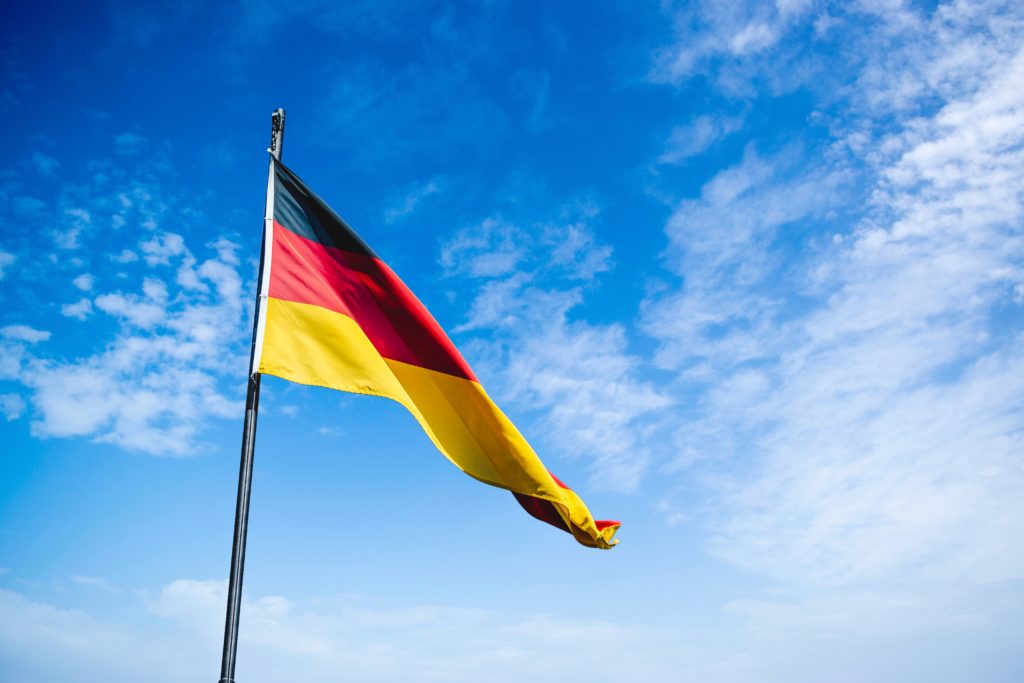By Elle Nadal, Director of Marketing, EMEA at Iterable
It is all too easy for retailers to assume that leading economies produce similar ecommerce markets. However, each region has its own customer attitudes and behaviours which mark them out – perhaps none more so than Germany.
The positive news for ecommerce companies starting out in Germany is that the pandemic has dramatically increased online shopping. This has happened in many countries, but it has been particularly noticeable in Germany. The country went into lockdown just ahead of the Christmas gifting season, and as a result 49% of shoppers bought gifts online.
To build on this trend, there are seven principles retailers should bear in mind to achieve ecommerce success in Germany:
1. Location is everything
Germany’s economy is thriving. It has bounced back from the 2020 economic downturn, with 2021 GDP growth recently revised up from 3% to 3.2%.
In this context, it would be easy to assume ecommerce activity is universally high across Germany’s 16 regions. However, the real picture is more nuanced.
Just three of its ‘Länder’ – Bavaria, North Rhine-Westphalia and Baden-Württemberg – account for more than half of the country’s online shoppers. These regions are prosperous and attract young people from all over Germany, and beyond.
People in less affluent, more sparsely populated areas with older average demographics still shop online, but not to the same degree.
2. Omnichannel is key
This uneven spread of ecommerce means it cannot be overstated how important seamless omnichannel strategies are in unlocking sales.
Online orders are booming, particularly since the global pandemic, but that should never fool a retailer into thinking the channel can live in isolation. German consumers expect to be able to mix and match channels as they research, order, evaluate, pay for and return goods.
This omnichannel flexibility has to apply across the entire process because four in ten shoppers prioritise retailers who allow online orders to be exchanged in-store. Similarly, a third also expect online orders to be collectable in-store.
3. Mobile and shopping
According to Statista nearly 64%, of Germans placed an order on a mobile device (including tablets) in the run up to Christmas 2020. Social commerce has also spiked, with nearly a quarter of 18 to 34-year-olds shopping through social media channels in 2020.
Across the year, mobile is still the favourite channel, used by 55% of shoppers, while laptops and desktops are narrowly behind on 51% and 36%.
Thus, knowing customers across their multiple devices is key to providing a smooth purchasing process throughout the year.
4. Expect to be researched
Regardless of whether a product is bought in a store or online, nearly 65% of Germans research purchases online and 50% say they are influenced by reviews.
Consumers want to know they are making the right choice and they are willing to put in the time to make sure they are making the most appropriate choice.
Retailers need to have helpful content to aid consumers in making the right decision and reaching out to customers to encourage positive reviews is an absolute must.
5. Payment – on the customer’s terms
Germany stands out for a history of consumers being allowed to try goods out before paying to ensure they only spend on goods they truly want.
This is waning a little but still just over 21%, ecommerce purchases are paid via invoice, compared to 19% for debit or credit cards. The market has shifted, in line with others, towards PayPal or similar online and mobile wallets. These account for nearly a half of all purchases.
Even so, Buy Now Pay Later is very popular. Since PayPal launched its instalment service, PayPal Ratenzahlung in 2016, paying in instalments has risen from 3% of all online purchases to 19% in 2020.
6. Convenience trumps price
Price is always important in any retail strategy but in Germany, convenience is the key driver in ecommerce. The top reason for shopping online is home delivery, closely followed by the convenience of being able to place an order at any time of the day.
Finding cheaper prices online comes third – rated as important as being offered a wider range of products online than one can find in a store.
7. Data privacy and transparency is key
German consumers take privacy very seriously. Retailers operating in the space need to remember the country has always been at the forefront of data protection laws and was among the first to introduce the GDPR. Keeping to its rules and being transparent on data use is vital.
Ecommerce success in Germany
Without a doubt, German customers are dedicated to making sure they thoroughly research and order only exactly what they want. To ensure success, retailers need to bear in mind the unique characteristics of this thriving economy, and pursue an omnichannel strategy that, above all, puts the customer first.







